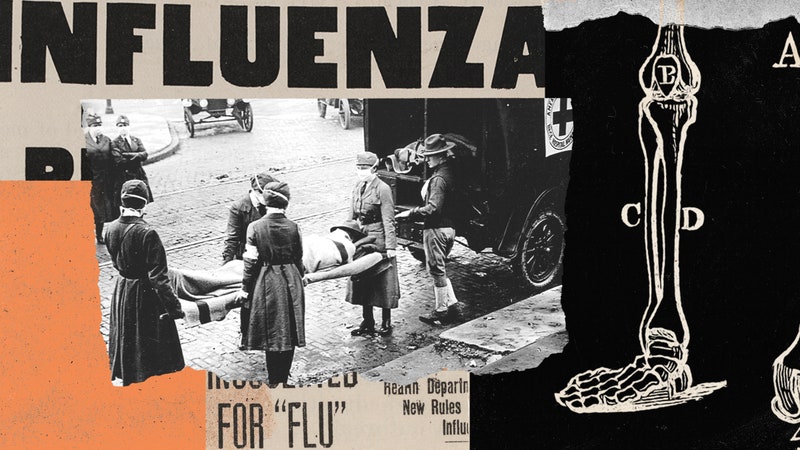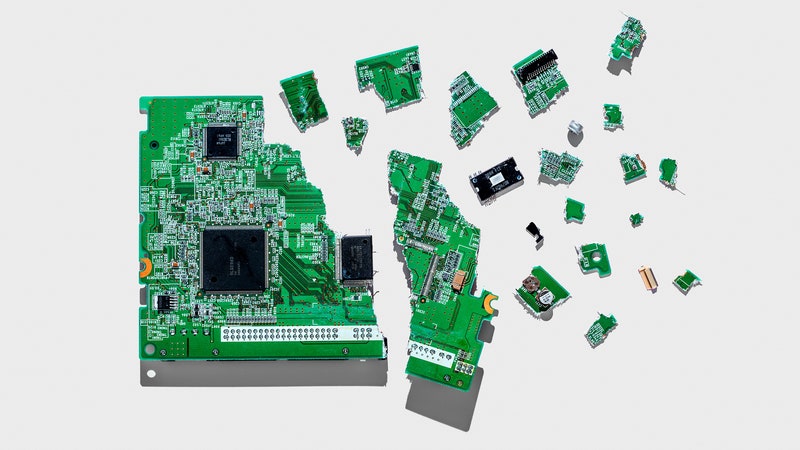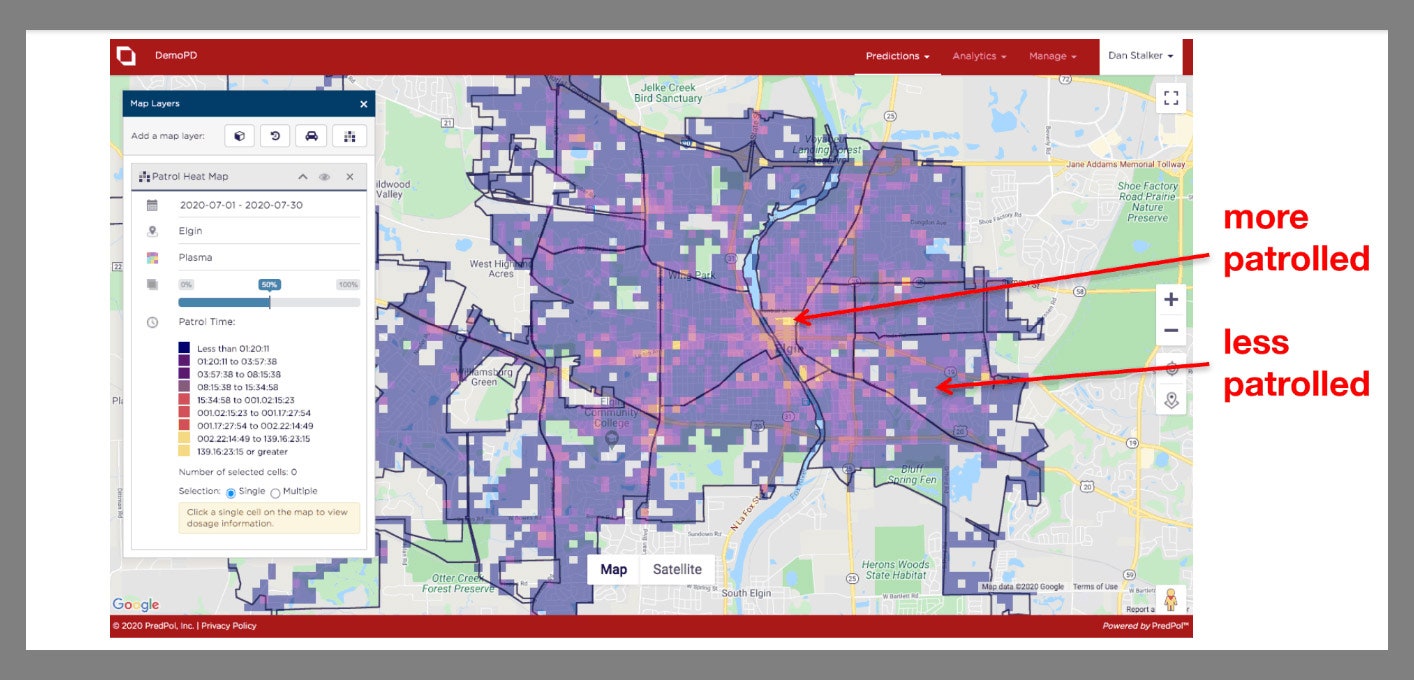THIS ARTICLE WAS copublished with The Markup, a nonprofit, investigative newsroom that challenges technology to serve the public good. Sign up for its newsletters here.
Crime predictions generated for the police department in Plainfield, New Jersey, rarely lined up with reported crimes, an analysis by The Markup has found, adding new context to the debate over the efficacy of crime prediction software.
Geolitica, known as PredPol until a 2021 rebrand, produces software that ingests data from crime incident reports and produces daily predictions on where and when crimes are most likely to occur.
We examined 23,631 predictions generated by Geolitica between February 25 and December 18, 2018, for the Plainfield Police Department (PD). Each prediction we analyzed from the company’s algorithm indicated that one type of crime was likely to occur in a location not patrolled by Plainfield PD. In the end, the success rate was less than half a percent. Fewer than 100 of the predictions lined up with a crime in the predicted category, that was also later reported to police.
Diving deeper, we looked at predictions specifically for robberies or aggravated assaults that were likely to occur in Plainfield and found a similarly low success rate: 0.6 percent. The pattern was even worse when we looked at burglary predictions, which had a success rate of 0.1 percent.
“Why did we get PredPol? I guess we wanted to be more effective when it came to reducing crime. And having a prediction where we should be would help us to do that. I don't know that it did that,” says captain David Guarino of the Plainfield PD. “I don't believe we really used it that often, if at all. That's why we ended up getting rid of it.”
Guarino noted that concerns about accuracy and the department’s general disinterest in using the software suggested that the money paid for Geolitica’s software could have been better spent elsewhere.







